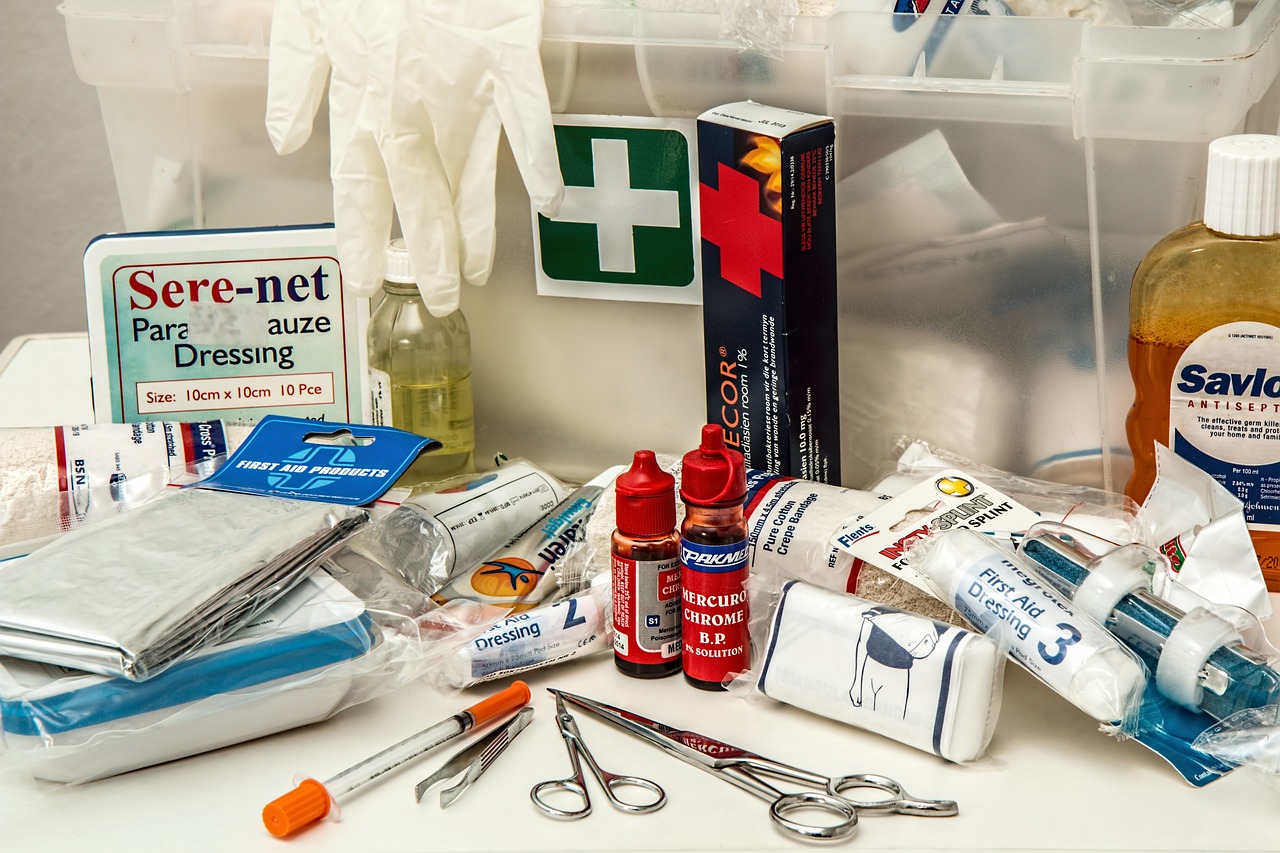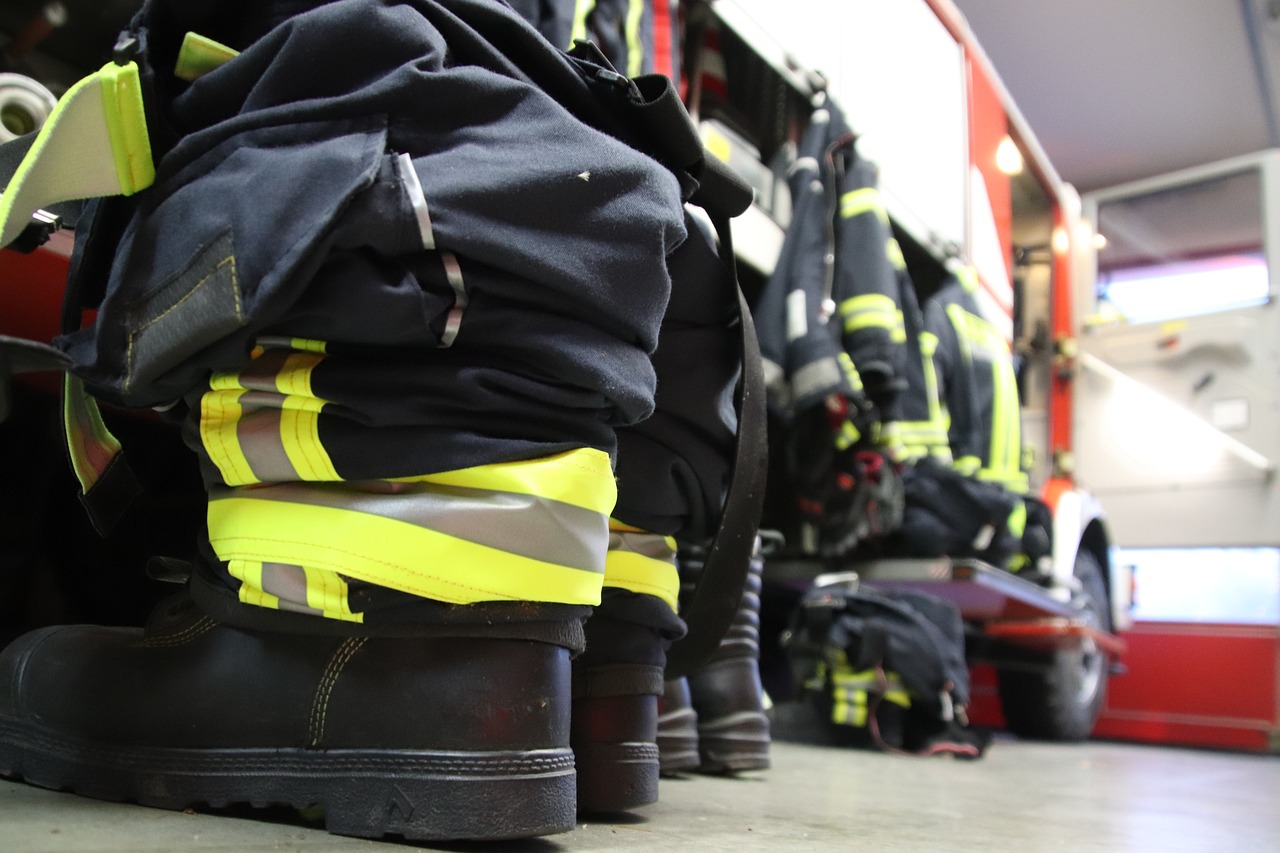Disasters come knocking when least expected, leaving even the most composed scrambling for essentials. While we can’t control the unexpected, we can empower ourselves by being prepared. And at the heart of preparedness lies the humble yet mighty home emergency kit. But in a world of overflowing checklists and confusing advice, crafting the perfect kit can feel like navigating a maze. Fear not, fellow citizens of preparedness! This guide will illuminate the path to building a home emergency kit with fire safety as its guiding star.
Foundations of Fire Safety:
Before diving into the nitty-gritty, let’s lay the crucial fire safety groundwork:
- Smoke detectors and carbon monoxide alarms: Ensure these trusty sentinels are functional with fresh batteries. Test them monthly and replace them every 10 years.
- Fire extinguisher: Invest in a multi-purpose (ABC) extinguisher and familiarize yourself with its proper use.
- Escape plan: Develop and practice a clear escape plan for every member of your household, including pets. Have multiple exits and designate a meet-up point outside.
Building Your Fire-Ready Kit:
Now, let’s build your home emergency kit, keeping fire safety at the forefront:
Essentials for Survival:
- Water: Aim for at least one gallon per person, per day, for three days. Consider water purification tablets or a portable water filter for extended emergencies.
- Food: Non-perishable, ready-to-eat items like canned goods, protein bars, and granola bars are ideal. Opt for options that don’t require cooking or refrigeration.
- First-aid kit: Stock it with bandages, antiseptic wipes, pain relievers, and any essential medications your family requires.
Fire Safety Focus:
- Fire blanket: This fire-resistant blanket can smother small flames and protect you from heat while escaping.
- Gloves: Heat-resistant gloves will shield your hands while using a fire extinguisher or closing valves.
- Whistle: This piercing sound can be a lifesaver if you lose your voice or need to attract attention.
- Flashlight and extra batteries: Essential for navigating in the dark during a power outage or evacuation.
- Copies of important documents: Keep digital and physical copies of essential documents like IDs, insurance papers, and medical records in your kit.
Bonus Preparedness:
- Cash: ATMs might be down during emergencies, so having some cash on hand can be invaluable.
- Pet supplies: Don’t forget your furry friends! Include food, water, and any necessary medications for your pets in your kit.
- Battery-powered radio: Stay informed about weather alerts and emergency updates even if the power goes out.
- Portable charger: Keep your essential devices powered up for communication and information access.
Remember:
- Personalize your kit: Tailor your kit to your specific needs and the potential hazards in your area.
- Regularly update and maintain your kit: Check expiry dates on food and medicine, replace batteries, and ensure everything is in working order.
- Practice makes perfect: Conduct home fire drills and familiarize everyone with your escape plan and kit location.
By building a comprehensive home emergency kit that prioritizes fire safety, you’re taking a critical step towards peace of mind and preparedness. Remember, it’s not about predicting the future, but about empowering yourself to face it with confidence and resilience. So, gather your supplies, build your kit, and face the unexpected with the knowledge that you’re ready, not scared. Let’s create a community where preparedness burns bright, leaving the darkness of uncertainty far behind.



